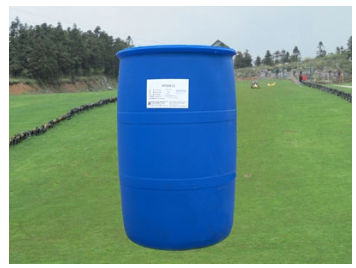Surfactants have lipophilic and hydrophilic groups, which are amphiphilic molecules. Water is a strong polar liquid. When surfactant is dissolved in water, according to the principle of similar polarity and opposite polarity, its hydrophilic group and water phase attract and dissolve in water, while its oleophilic group repels water and leaves water. As a result, surfactant molecules (or ions) are adsorbed on the interface of two phases, which reduces the interfacial tension between the two phases. The more adsorption of surfactant molecules (or ions) on the interface, the greater the reduction of interfacial tension.

When the surfactant adsorbs on the metal surface, the hydrophilic group adsorbs on the metal surface. Due to the different properties of the hydrophilic group, the physical adsorption or chemical adsorption occurs with the metal surface. The adsorption isotherms of different surfactants on the metal surface follow different adsorption isotherms. When the concentration of surfactant is low, a monolayer adsorption layer is formed on the metal surface, and the hydrophobic nonpolar part forms a water repellent barrier covering the metal surface.
When the concentration is high, a bimolecular layer adsorption film is formed on the metal surface due to the interaction of hydrophobic groups. When the concentration of surfactant increases to saturation adsorption on the metal surface, it shows a good inhibition efficiency. For a series of surfactants, the inhibition efficiency reaches a high value near the critical micelle concentration CMC. A kind of
The effect of hydrophobic long chain alkyl on the corrosion inhibition is complex. When the chain length is short and the alkyl group on heteroatom is less, the corrosion inhibition effect of surfactant can be improved by lengthening carbon chain and increasing alkyl group. This is because the adsorption of surfactants on metal surface is provided by heteroatoms to form a coordination bond with metal ions on the metal surface. Alkyl group is the electron repellent group. The growth of carbon chain and the increase of alkyl group can improve the electron repulsion effect, increase the density of electron cloud on the heteroatom, and make the formation of coordination bond more stable, which is conducive to improving the corrosion inhibition efficiency. However, the solubility of surfactant with too long carbon chain decreases, which makes the concentration of surfactant in corrosion medium not reach the concentration required for saturated adsorption. Therefore, after reaching a certain chain length, further increasing the number of carbon atoms will reduce the corrosion inhibition efficiency.